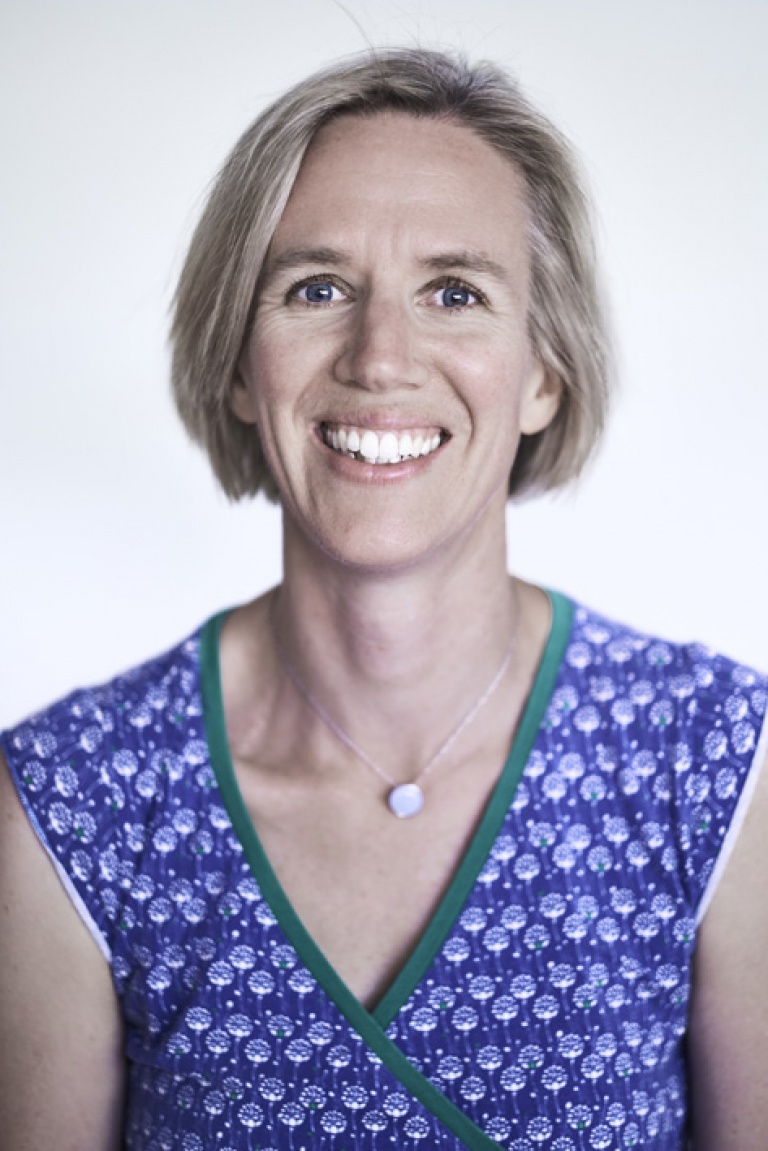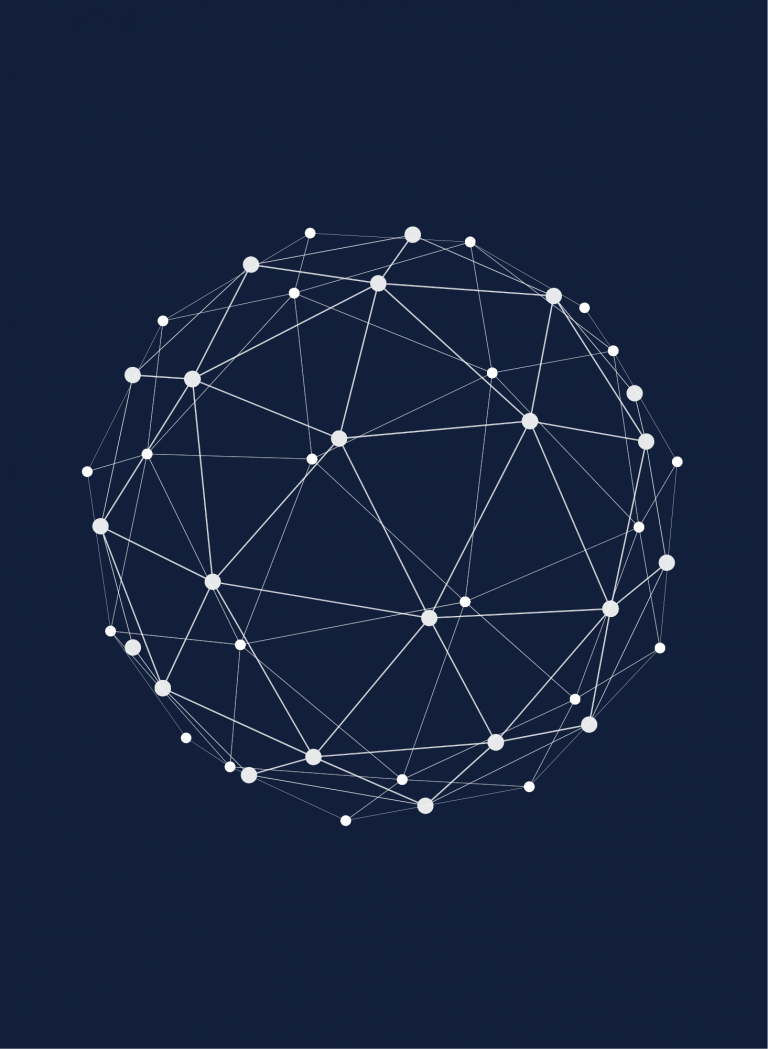Anne Roefs has been interested in human eating behaviour throughout her scientific career. She wants to understand what happens in the brain and also how obese people differ from people with a healthy BMI. The ultimate goal is to help obese people better than they are currently being helped. For ten years, she has also been focusing her research on the individual characteristics of people with and without eating problems. Roefs leads the Team Network within New Science of Mental Disorders (NSMD).

Anne Roefs and NSMD consortium leader Anita Jansen have been working together scientifically for over twenty years. Jansen was her supervisor and twice managed to convince her to keep feeding her fascination for eating behaviour in science, and not to choose a career as a cook in a good restaurant, for example. Meanwhile, the Professor of Psychology and Neuroscience of Abnormal Eating no longer has any doubts about the best place for her curiosity and drive: science. She heads the 'Eating Disorders and Obesity' research group at Maastricht University (or the 'Eetlab'), has almost finished her research project that undermines the idea that overweight people have a dysfunctional reward system in their brain and has already submitted the grant application for her next major project.
The challenge for Team Network
And next to all that, she leads the Team Network within NSMD. This project focuses on the symptoms that constitute the mental disorder, rather than the idea that there is a single cause for the disorder. Symptoms include insomnia, feelings of inferiority, cravings or anxious thoughts. The idea is that these symptoms influence and reinforce each other: they form a network. Roefs' team focuses on mapping these networks in people with mental disorders, but also on the effect of treatments. Which aspects of a network can best be addressed and is treatment tailored to the personal network more effective than current treatment methods?
Roefs' research to date in a nutshell
Her own research so far aims to contribute to a better understanding of people's eating behaviour. What causes people to eat unhealthy foods or not exercise, even if they have the intention to lose weight? How does this differ between people and how can you intervene? She is completing a major study into the reward system in the brain. "In my PhD research, I already refuted the idea that overweight people respond more positively to high-calorie food, compared to people with a healthy weight."
She then began fMRI research, the technique once designed to visualise which brain areas are active when people perform a certain task. Again, the popular theory that overweight people (compared to people of a healthy weight) have a stronger response in the brain's reward system when they see something unhealthy was found to be false.
She received a Vidi grant from the Netherlands Organisation for Scientific Research (NWO) to investigate this systematically. "It turns out that the mesocorticolimbic system in the brain, where simply put, eating stimuli are processed, reacts in the same way to the sight of both tasty and ‘disgusting’ things. We also found no differences between people who were overweight and those who were not. It appeared to be crucial how we made people look at food when they were in the scanner; when we made them focus on how tasty they found the food, brain activity in this system was much stronger than when we made them focus on the calories in the food. This was the same for obese and non-obese people. So the strength of brain activation in this system probably says something about how salient a stimulus is, but not whether the stimulus is positive or negative. Of course, the brain does represent whether a stimulus is positive or negative, and whether it is high or low calorie, but you only see that in the multivoxel pattern of activation, not in the strength of brain activation."
The network of overweight people does differ
It only strengthened her conviction: you have to look beyond the average to really understand the problem of obesity. And that's where the network approach comes in, which is also what NSMD is all about. In 2011, Roefs already started using the network approach in a more application-oriented study: developing a self-learning online coach for overweight people. To do this, she first wanted to gain insight into the moments when individuals were most at risk of overeating. "For two weeks, overweight and non-overweight people had to answer questions in an app, eight times a day, about their emotions, activities, environment, whether they were going to eat and what, and so on. Very similar to what we will be doing in NSMD. From all that data, we built a network model and we saw that overweight people had many more network paths to high-calorie consumption. In other words, they had many more reasons to overeat."
Positive effect of tailored support in losing weight
On the basis of their profile and their strongest trigger for overeating, overweight people were then given online diet support. In addition to online cognitive behavioural therapy, at times during the day when they were likely to overeat, the group received a message with a stimulus to help them resist the urge, based on cognitive behavioural therapy. "We saw that people who received this dietary support lost as much weight as those who did it on their own, which may be explained by the relatively short period of time the study was running (6 weeks). But the first group did develop a healthier network. There were fewer pathways to high-calorie eating and we saw less belief in dysfunctional cognitions, such as 'I've worked so hard, I deserve that chocolate.' Even a year later."
The questionnaire for 600 patients is almost ready
For NSMD, Roefs is letting go of her focus on obesity for a while. At the time of the interview, she is busy setting up the mapping study with PhD student Alberto Jover Martínez and co-supervisors Lotte Lemmens and Eiko Fried; the first major phase of NSMD. There are still some steps to take before they want to survey 600 patients in early 2022 across ten different mental health diagnoses (from depression to anxiety disorder or addiction) in a similar way as described above. The questionnaire is nearing completion. "It's quite a job to decide which questions to ask all these people eight times a day for four weeks. This method is called Ecological Momentary Assessment, or EMA for short. "In such an EMA set, it is best to include a maximum of 30 questions; research shows that you really cannot ask more of people. But some questions don't apply to everyone. If I ask you eight times a day about the psychoses you don't have, that becomes annoying."
How to recruit 600 patients for the study?
In the autumn of 2021, 300 students will test the EMA set in a pilot study. In addition, there will be a 'focus group' of 5 patients who will be asked about their experiences with the app in more detail. Then, in January 2022, the 600 patients who have received their diagnosis but are still waiting for the treatment should be selected. For four weeks, they have to answer the questions in the app several times a day, on the basis of which their individual network structure can be deduced. "For this, we need a lot of cooperation from mental health clinics. Some of them volunteered spontaneously when they heard about this project. We hope that they will bring it sufficiently to the attention of patients. They only have to tell us the patient's diagnosis and then we train the participants how to use the app. On such a training afternoon, the participants also get a face with the researchers."
Why it makes so much sense to look at psychological problems individually
When you hear Roefs talk about a major study like this, you can hardly imagine that she would have ever wanted to choose something else. "I'm captivated by the analytical, technical side of this gravitation project, with the aim of better understanding and improving care. It is also so logical to look at mental disorders in this way. Different disorders have the same symptoms, and vice versa, so for treatment and understanding of mental problems it makes sense to look at the individual in more detail. If someone with depression and someone with an eating disorder both have low self-esteem that plays a prominent role in their daily lives, one wonders why they should receive completely different treatment."
The techniques used in treatments may not even change drastically if they are tailored to individual networks, she thinks. "Well-working techniques, such as those used in cognitive behavioural therapy, are not going to disappear. You might start using them in a more targeted way, not purely on the basis of a classification according to the DSM-V psychiatric manual. What works for whom' is a trend in the mental healthcare sector, and this project is in line with that.”
